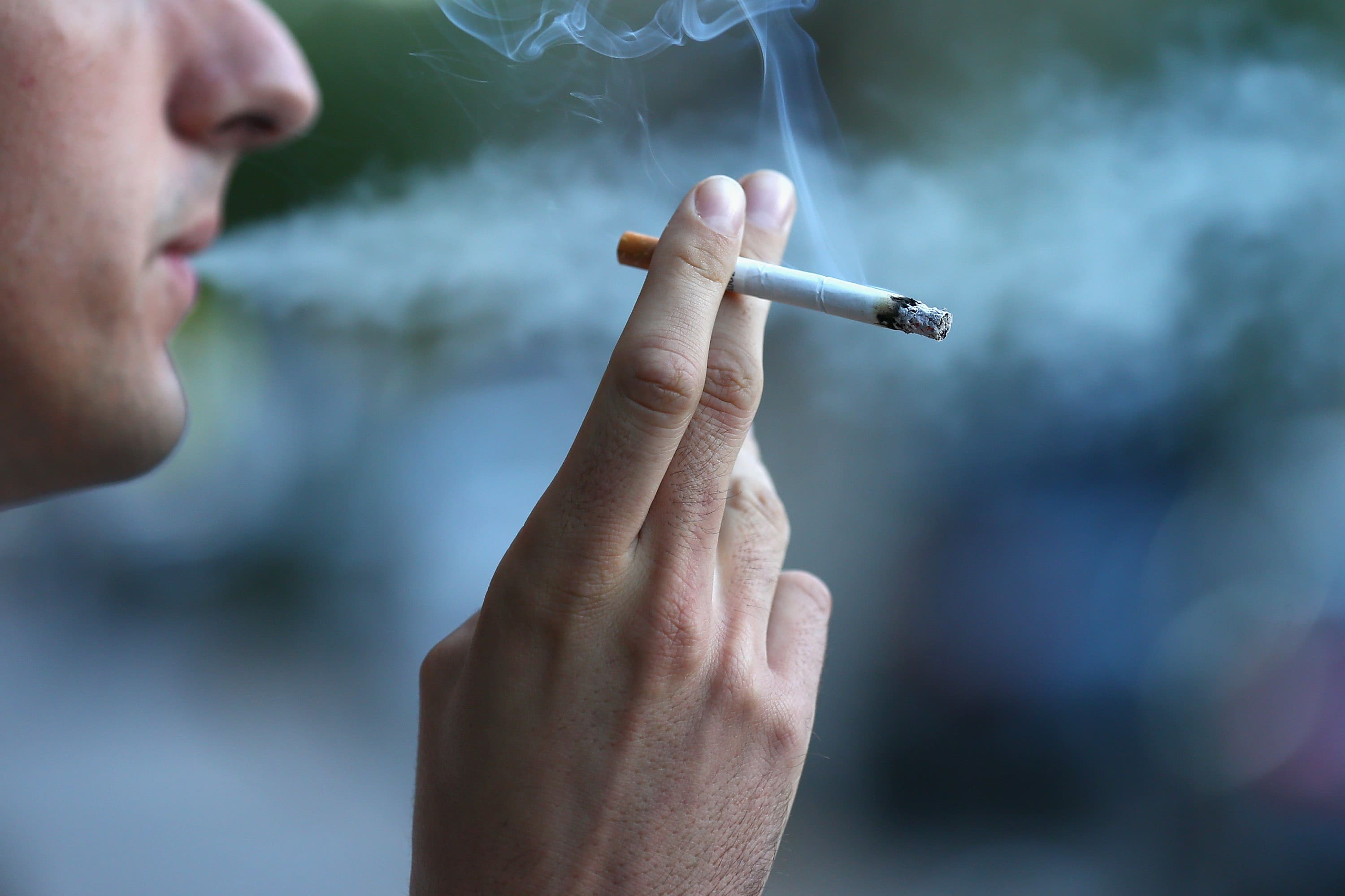
Smoking
Smoking hazards
Lungs damage: where chemicals negatively affect the health of the lungs in several forms, as smoking causes the following:
- The risk of lung cancer has increased dramatically, as the chance of lung cancer increases 25 times in men who smoke, and 25.7 times in women who smoke, and nine out of every ten cases of lung cancer are linked to smoking.
- The increased risk of developing chronic obstructive pulmonary disease (English: Chronic obstructive pulmonary disease (COPD), in addition to an increased risk of death due to it. In the ability of the patient to breathe and carry out his normal activities, the symptoms that accompany these diseases increase with time, and smoking is considered the main cause of infection.
- Asthma attacks increased .
- High chances of injury to the children of smokers with a number of diseases, such as lung (inflammation of the English: Pneumonia), and inflammation of the airways ( in English: Bronchitis), and increased cough and asthma attacks have.
The incidence of cardiovascular diseases: smoking causes damage to the heart, blood vessels and blood cells in several ways, including the following:
- Peripheral artery disease, a condition of narrowing blood vessels in the body that leads to a reduction in blood flow through it, and this narrowing causes an increased chance of blood clots, heart attack, and stroke. Stroke, chest pain.
- Increased risk of arteriosclerosis (Atherosclerosis), a condition of narrowing or blocking of blood vessels due to the accumulation of fatty substances and cholesterol in them, causing problems and diseases in the heart, kidneys, brain, and others.
- High blood pressure, damage to the walls of blood vessels .
- The increased risk of passive smokers having a heart attack, stroke, and other heart diseases, as the effect of smoking is not limited to smokers only, but extends to the health of passive smokers; they are the individuals around them.
Depression of the immune system: where smoking contributes to making smokers more vulnerable to infection, such as: infection with pneumonia , or influenza, as it prolongs the period of treatment and recovery from diseases, and reduces the levels of antioxidants in the blood.
Influence on the central nervous system: where the nicotine in tobacco is considered one of the addictive substances , which causes a feeling of activity when smoking, and causes anxiety, discomfort, and depression when trying to quit, in addition to the continuous desire to smoke and a person’s habit of it, which makes the process of quitting Its very difficult.
The effect in cases of pregnancy: where smoking negatively affects the health of the pregnant mother and the fetus, if the mother smokes during pregnancy , the fetus may suffer from weight loss at birth, or the birth process may take place before its date, as smoking may cause the sudden death of the fetus in some cases .
Increased chance of developing type 2 diabetes: Smoking causes an increased risk of diabetes by 30-40%, and it reduces the ability of people with diabetes to control the disease and its symptoms.
Tips to quit smoking
- Find incentives and reasons to quit smoking: such as: the desire to avoid the risk of diseases caused by smoking, or to protect the surrounding people from the dangers of passive smoking.
- Preparing for the symptoms of quitting smoking: There are many steps to help quit the habit of smoking, such as: some types of sessions and support consultations, the use of medications , and many things that will alleviate the symptoms of nicotine withdrawal from the body.
- Ask for help from surrounding people: Supporting and encouraging family and friends helps make smoking cessation easier.
- Rely on other methods to feel comfortable: where the tobacco leads entering the nicotine to the body to feel comfortable temporary happiness, and action must be taken that this compensation feeling during the period of quitting, such as: the practice of sports , or listening to music, or spend longer times with friends is Smokers.
- Keeping hands and mouth busy: To replace the habit of smoking and smoking cigarettes.
- Changing the quality of food and beverages: Eating some types of food and beverages stimulates the desire to smoke, such as: eating meat, or drinking coffee , and replacing it and choosing healthy types such as: fruits and vegetables, juice, and water helps to avoid that desire to smoke.
- Other tips: Try again and not despair, and reward oneself during the smoking cessation period.
Comments
Post a Comment